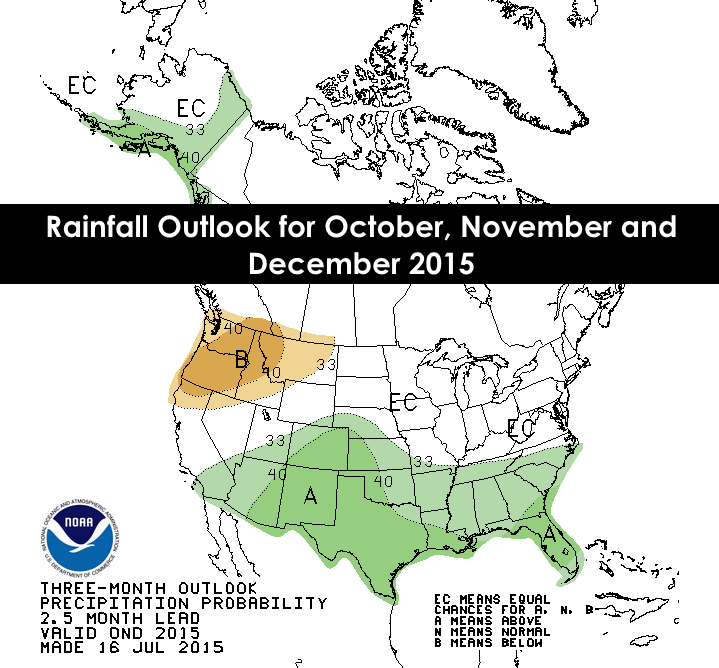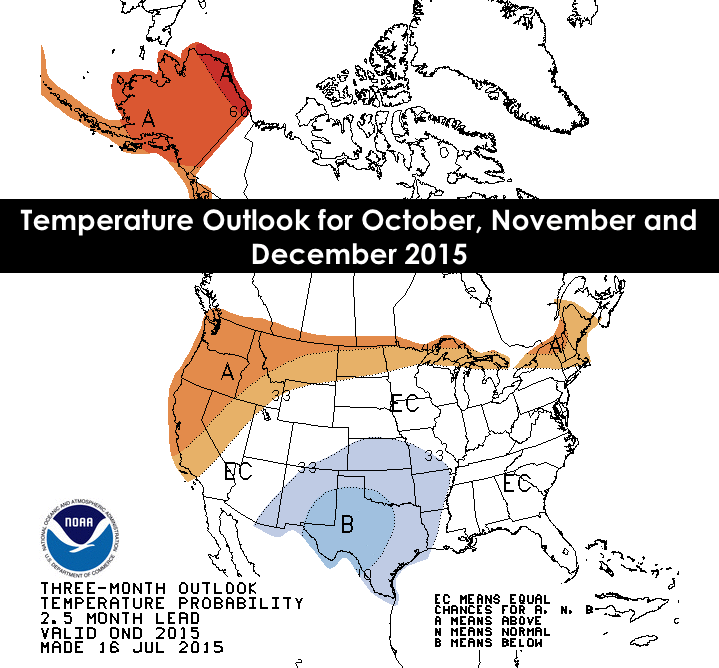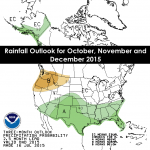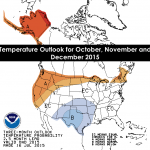Robert Bowling, Assistant Professor and Extension Specialist in Corpus Christi Provides Sorghum Update – Sorghum harvest is underway in the Coastal Bend region. Sorghum producers able to beat the rain or plant around rain events are the first to harvest. Early dryland yield reports have ranged from 3,000 to over 7,000 pounds per acre. This wide range of yields is the result of water standing in some fields for extended periods of time while fields that drained are yielding quite well. Portions of some fields that stood in water vary in plant developmental stages. It is not uncommon to see portions of sorghum fields that have reached physiological maturity while other portions of the same field where water stood for extended periods of time are in dough stage. Differential development of sorghum in these fields have made interesting management of insect pests and will certainly challenge harvest. Rain delayed planting for some sorghum producers forcing them to plant outside the typical window for seeding this crop. Over 30 percent of the 2015 crop was seeded late in the Costal Bend region. Most of these fields are in dough stage while others are starting to color. Typically, these late planted fields would be subject to heavy sorghum midge issues but reports of this sorghum pest have been scattered and overall, midge infestations have been light in late-seeded sorghum. Rice stink bugs have been more of an issue to sorghum producers in the south with well over half of the acres treated for this pest. Sorghum headworms have also presented challenges to many sorghum producers and the combination of both pests within fields have presented challenges in identifying the right combination of insecticides for their control.
What about sugarcane aphid? Sugarcane aphid populations were slow to progress in the Coastal Bend region this year. Most sorghum producers in our region were able to manage this pest with edge and spot treatments with fewer than 20 percent of the acres treated for this aphid. Sugarcane aphid populations have increased over the past couple of weeks necessitating insecticide applications in some late-seeded fields or as tank mixes with harvest aids. A few farmers have tried to outpace the aphid with their harvest aid application only to have issues with sticky grain at harvest. Sorghum producers with late-seeded fields need to scout these fields carefully one to two times per week and treat with an insecticide (such as Transform or Sivanto) if aphid populations exceed the economic threshold of 50 to 125 aphids per leaf. Sorghum nearing harvest also will require monitoring for sugarcane aphid. If sub-threshold population are present and natural enemies of the aphid (such as ladybugs, syrphids, parasites, and lacewings) then a harvest aid may not be necessary. However, if aphids are at or close to thresholds with aphids present on the upper green leaves then an insecticide would be suggested to reduce or control aphids. Malathion mixed with glyphosate is an option that is attractive because both have the same pre-harvest interval (seven days). However, malathion will likely offer suppression, at best, of sugarcane aphid. Sorghum producers may want to consider a Transform tank mix with glyphosate for heavier aphid populations or if they want to control the aphid prior to harvest. Keep in mind that the preharvest interval for Transform is 14 days so this will delay harvest by 7 days when tank mixed with glyphosate. Some farmers may consider applying Transform prior to applying a harvest aid but this increases the number of trips across the field adding to production costs. If you have questions about managing the sugarcane aphid or any other insect pest please contact your local county agent. Always read and follow label directions before applying any pesticide.
CRP Changes take effect September 1 – USDA released changes for the Conservation Reserve Program (CRP) required in the 2014 Farm Bill. The overall acreage is capped at 24 million acres, and there is no longer a penalty for emergency haying or grazing with a provision for incidental grazing. Haying and grazing will not be allowed more than once every two years otherwise landowners will experience a 25 percent payment decline. The 2014 Farm Bill also included a grasslands provision allowing up to two million acres of grassland to be added under the CRP cap. The enrollment for grassland conservation begins Sept. 1, 2015, and the first ranking period will be Nov. 20. CRP signup is scheduled for Dec. 1, 2015, until Feb. 26, 2016, as previously announced by USDA. There will be a 60-day comment period.
El Nino Predictions – The National Oceanic and Atmospheric Administration (NOAA) is predicting there is a greater than 90% chance that El Nino conditions will continue through this winter, and around an 80% chance it will continue into the early spring of 2016. El Nino is a disruption of the ocean-atmosphere in the Tropical Pacific. In Texas this means that it could bring us more upper-level low pressure systems which means more stormy weather, increased rain chances, cooler temps due to more cloud cover, and even the possibility that the Atlantic hurricane season would be less active due to an increase in mid to upper-level wind shear in the Caribbean and Atlantic as reported by Texas Storm Chasers. NOAA’s probability maps for Oct – Dec 2015 (shown below) show above average precipitation chances and below average temperatures for the state.

Sorghum Recipe Contest – The Sorghum Checkoff is hosting a Sorghum Recipe Showdown this year. They are asking people across the country to create and submit their best sorghum recipes for a chance to win cool prizes, including $500. The contest seeks recipes that appeal to the home cook while demonstrating the benefits and versatility of cooking with sorghum. For full contest details click here.










